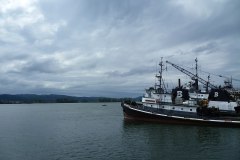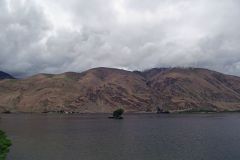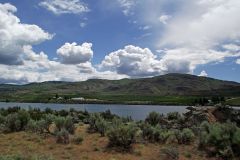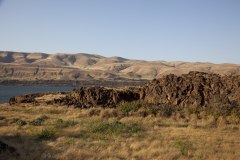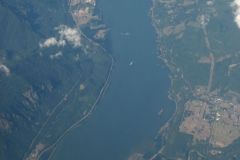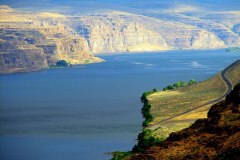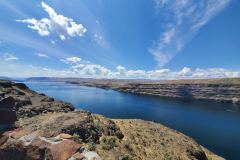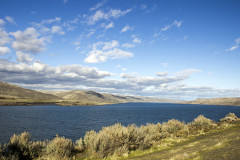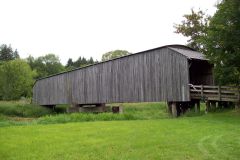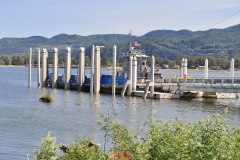Every year it seems for as long as I can remember property taxes have increased.
Did you know that doesn’t have to be the case?
In this article you’ll learn if you qualify to save hundreds if not thousands of dollars EVERY YEAR!!
For the rest of your life!
Senior citizens and disabled persons can take advantage of Wahkiakum County, Washington’s tax relief programs that could potentially reduce their property taxes. To be eligible for this discount, however, they must meet the age or disability, ownership, occupancy, and income requirements.
You may be qualified for a reduction on your property taxes if you are at least 61 years old, unable to work because of a disability, or a disabled veteran with a service-connected evaluation of at least 80% or receiving compensation from the United States Department of Veterans Affairs at the 100% rate for a service-connected disability.
You must also own and occupy your home in Washington State and your income must not exceed $48,000 starting in this year.
If you think you qualify for a discount on your property taxes, schedule a quick consultation with us and we will help you get this benefit fast.
About Wahkiakum County
Wahkiakum County is a sparsely populated county located in Washington State, with a population of 4,422 according to the 2020 census. It was established in April 1854, carved out of Cowlitz County, and is named after Chief Wahkiakum of the Chinook tribe. The county seat is Cathlamet, where Chief Wahkiakum is buried in the Pioneer Cemetery. According to the 2010 census, there were 3,978 people, 1,737 households, and 1,187 families living in the county, with a population density of 15.1 people per square mile. There were 2,067 housing units at an average density of 7.8 units per square mile. Wahkiakum County is one of the least populous counties in Washington.
Places You Can Visit
Columbia River
The Columbia River, spanning 1,243 miles, holds the distinction of being the largest river in the Pacific Northwest region of North America. Originating in the Rocky Mountains of British Columbia, Canada, it embarks on a journey that takes it northwestward before veering south into Washington state. It then assumes a westerly course, delineating much of the border between Washington and Oregon, until it finally meets the Pacific Ocean. This mighty river boasts the Snake River as its largest tributary and encompasses a drainage basin comparable in size to France. Its reach extends across seven U.S. states and one Canadian province. In terms of volume, the Columbia ranks as the fourth-largest river in the United States, possessing the greatest flow of any river entering the Pacific outside of Asia. With the 36th greatest discharge of any river worldwide, the Columbia stands as a monumental force shaping the landscape and ecosystems of the Pacific Northwest.
Grays River
Grays River, a tributary of the Columbia River stretching approximately 30 miles, meanders through the southwestern region of Washington state. Serving as one of the final tributaries of the Columbia on the Washington side, it drains a landscape characterized by low hills situated to the north of the river mouth.
Grays River is renowned as a favored spot for outdoor enthusiasts, particularly those keen on whitewater rafting and kayaking, drawn by its picturesque scenery and adventurous waterways.
Puget Island
Puget Island, spanning 7.5 square miles (4,785 acres; 19.365 km2), is nestled in the Columbia River within Wahkiakum County, Washington, United States. This Census-designated place (CDP) bears the name of Peter Puget, a lieutenant involved in the Vancouver Expedition of exploration, which meticulously charted the island in 1792.
One of the notable features of Puget Island is the Robert W. Little Preserve, which serves as a sanctuary for an endangered population of Columbian white-tailed deer. This preserve highlights the island’s commitment to conservation efforts and provides a crucial habitat for the survival of this endangered species.
Julia Butler Hansen Refuge for the Columbian White-Tailed Deer
The Julia Butler Hansen Refuge for the Columbian White-Tailed Deer, situated in the border region of southwestern Washington and northwestern Oregon, serves as a crucial sanctuary for the endangered Columbian white-tailed deer. Established in 1972 with the specific aim of protecting and managing this imperiled species, the refuge encompasses more than 5,600 acres (23 km2) of diverse habitats. These habitats include pastures, forested tidal swamps, brushy woodlots, marshes, and sloughs along the Columbia River, spanning across both Washington and Oregon.
Named in honor of Julia Butler Hansen, a distinguished former member of the United States House of Representatives representing Washington state, the refuge stands as a testament to her dedication to wildlife conservation. Through its efforts, the refuge plays a vital role in safeguarding the Columbian white-tailed deer population and preserving the rich biodiversity of the region.


